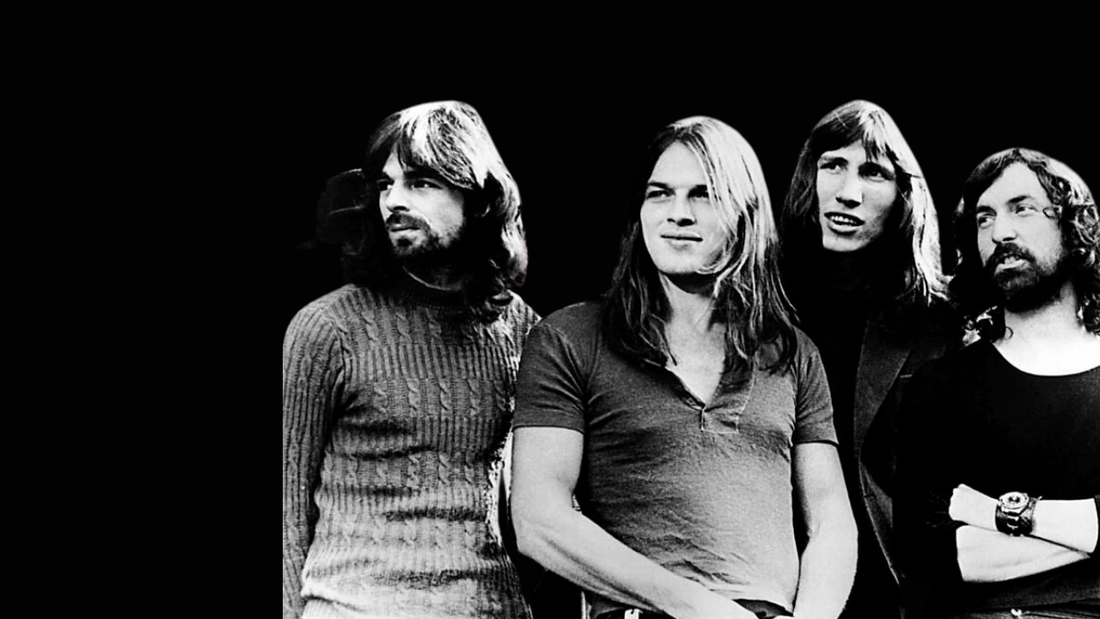
Brain Damage by Pink Floyd
Ellie WilkesShare
Brain Damage is a classic psychedelic rock song which features on Pink Floyd’s 1973 album Dark Side of the Moon.
Originally named Dark Side of the Moon: A Piece for Assorted Lunatics, each song on the concept album deals with the many aspects and struggles of life including conflict, greed, time, death and insanity. Brain Damage explores the alienating nature of modern society, and the pressure to conform. It was mainly inspired, as was much of the album, by the original Pink Floyd frontman Syd Barrett, who suffered a mental breakdown and left the band in 1968.
Written and sung by Roger Waters, the verses are quite simple, featuring electric guitar, vocals and soft drumming, with unique chords that give it a strange and distinct sound. These then build up to powerful choruses with strong harmonies from backing vocalists, that take the song to a triumphant finish, a celebration of peoples struggles and differences, finishing with the line I’ll see you on the dark side of the moon.
A lot of Pink Floyd songs have finger picking and strumming patterns that are not fixed throughout, and can even change bar to bar. When playing them I like to look for the general theme of the guitar work that represents the whole song nicely. Each bar of Brain Damage usually starts a strong strum down, from there it is a mix of strumming and finger picking. We can start off with a simple down, down, down up down up strumming pattern while we learn the chords. For the chorus we can try a more complicated strum pattern that spans two bars.
The song includes some interesting variations on common chords that give it it’s distinct sound. Here are some of them below.

G7 with a D bass note, played with your 1st finger on the 1st string 1st fret, strum from the 4th string down.

E with a D bass note, played with your 1st finger on the 3rd string 4th fret, 2nd finger on the 1st string 4th fret, 3rd finger on the 2nd string 5th fret.
And two variations on A7, the first appears in the verse and the second in the chorus.

A7, played by barring the first 4 strings on the 2nd fret, 2nd finger on the 1st string 3rd fret.

A7, played with your 2nd finger on the 4th string 2nd fret, 3rd finger 2nd string 2nd fret.
The most important thing to make sure of with these chords is that you’re strumming the right amount of strings. A lot of them rely on a specific bass note to give them their unique sound. The song finishes with a nice instrumental which is similar to the verses.
Here is a good TAB I found on Ultimate Guitar…
Watch the full lesson here…
